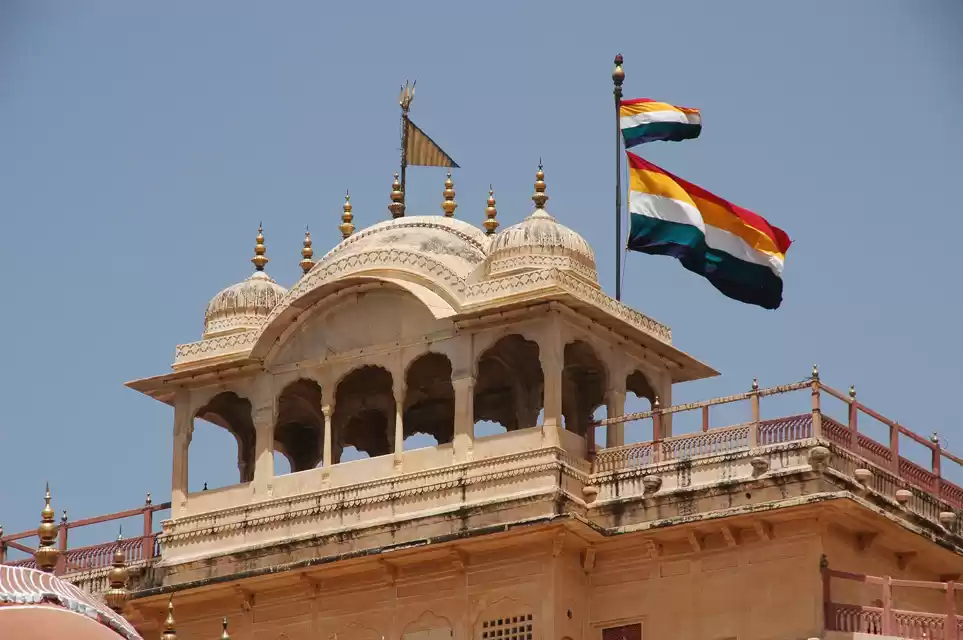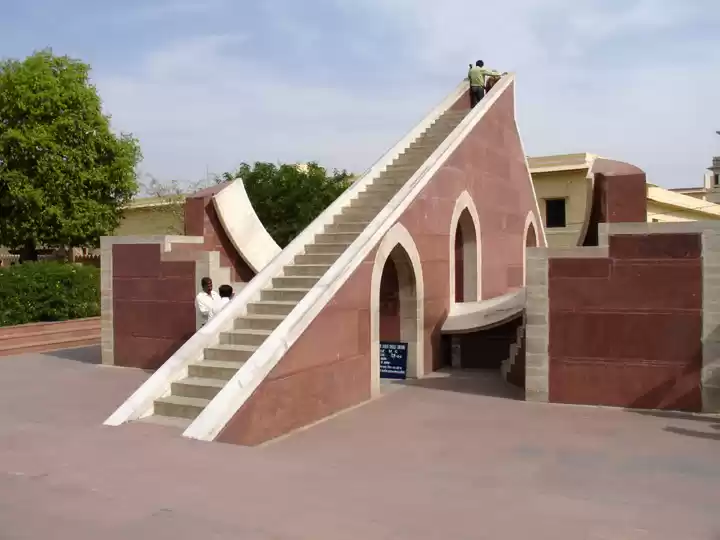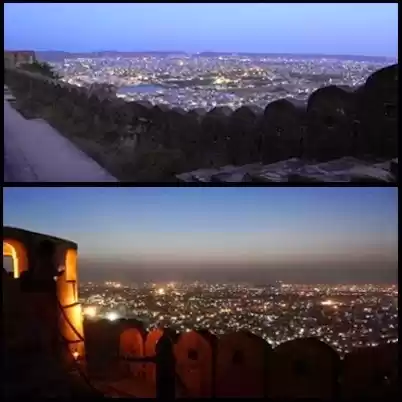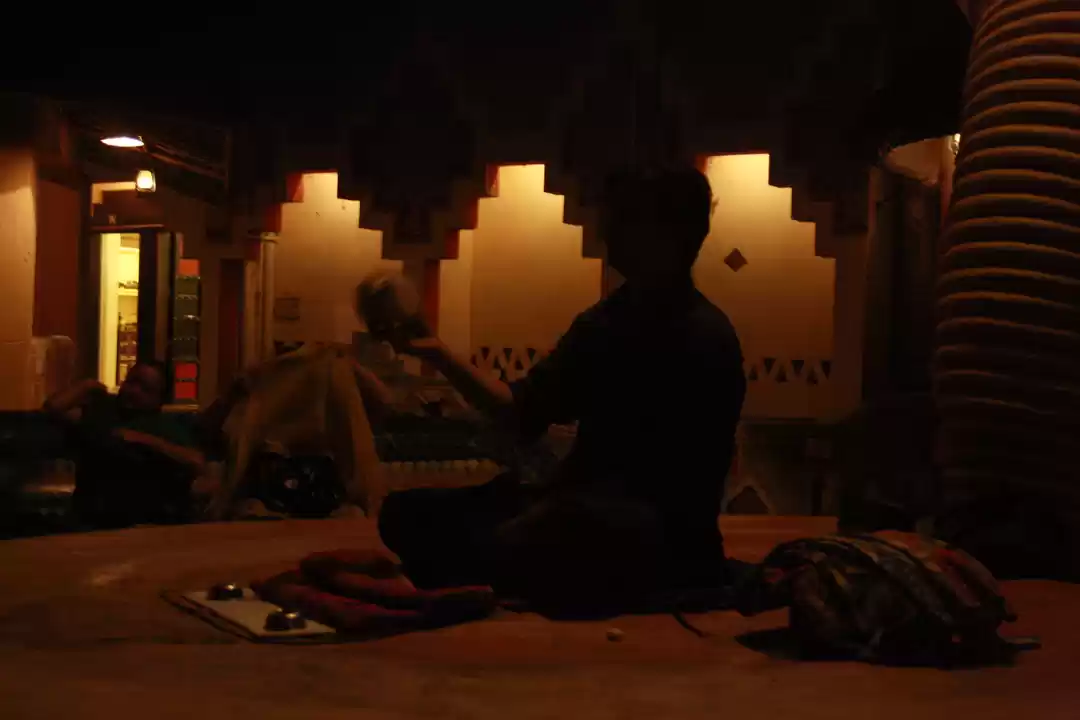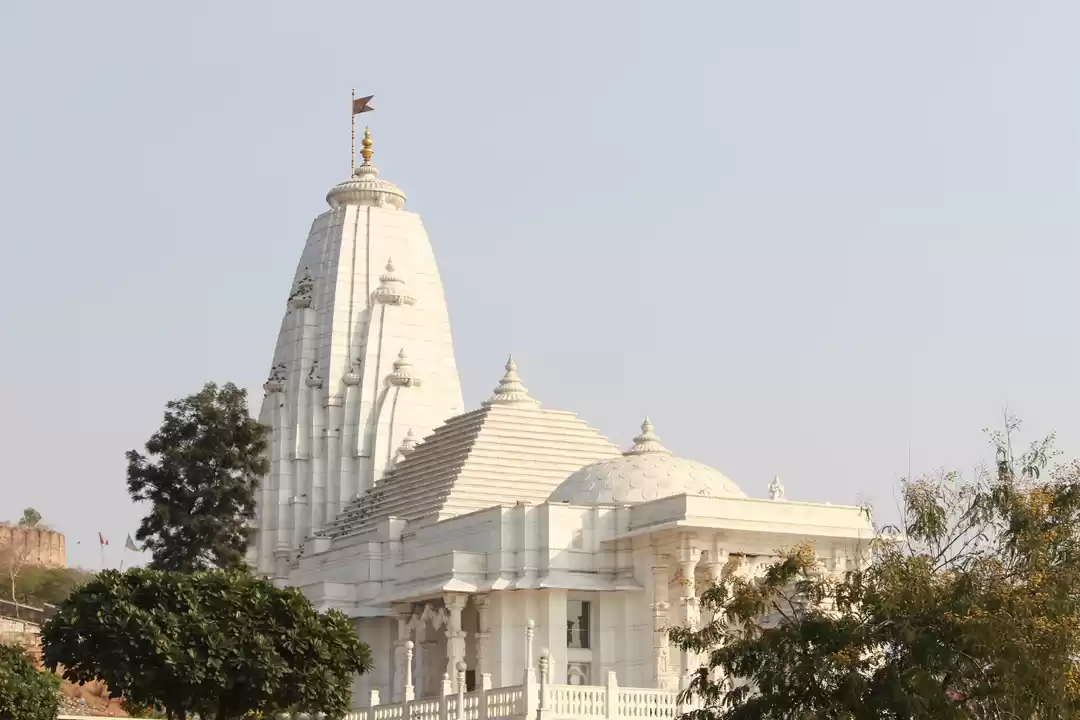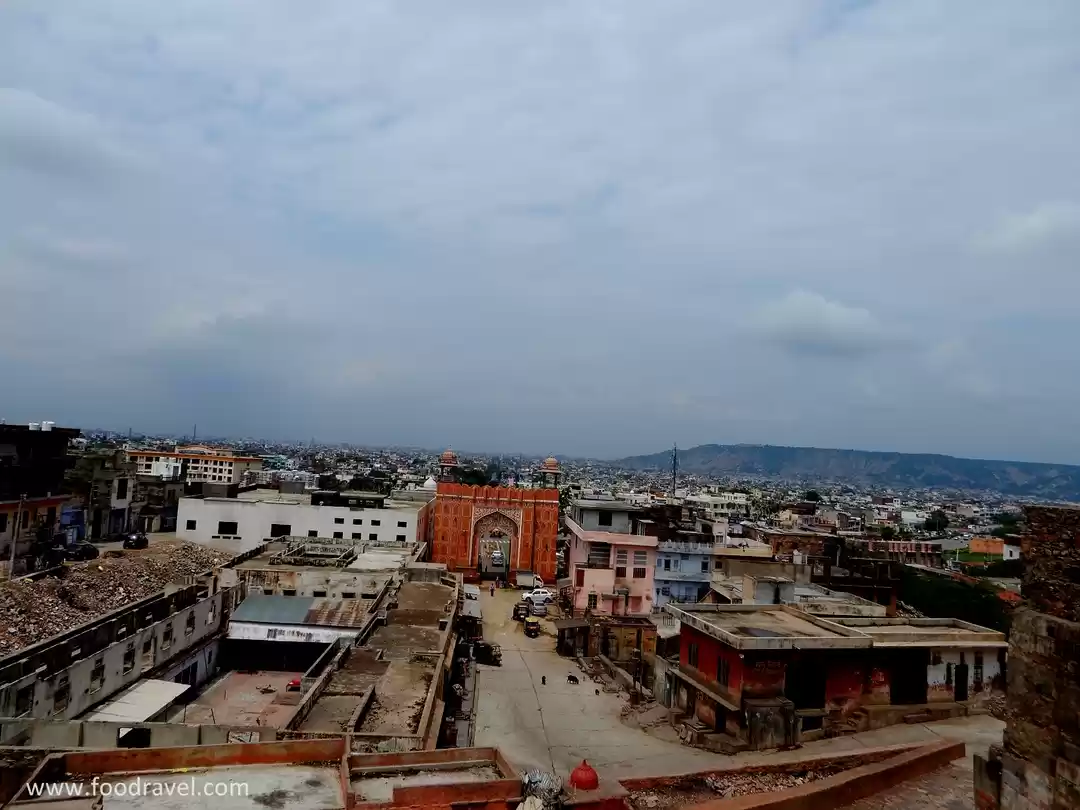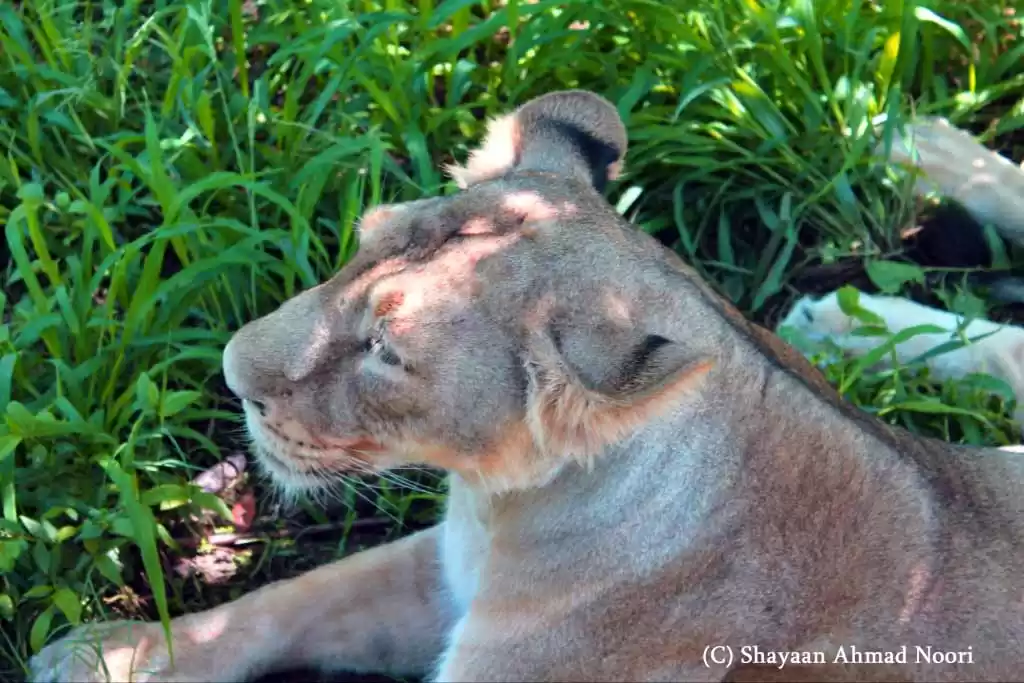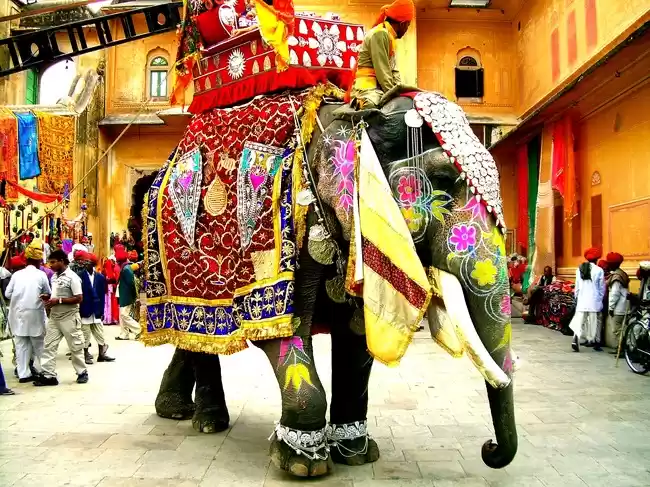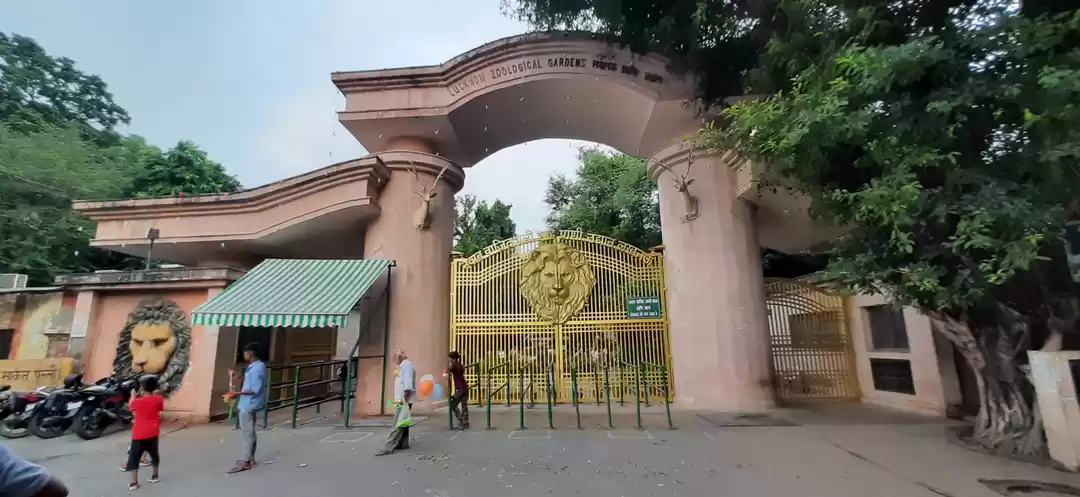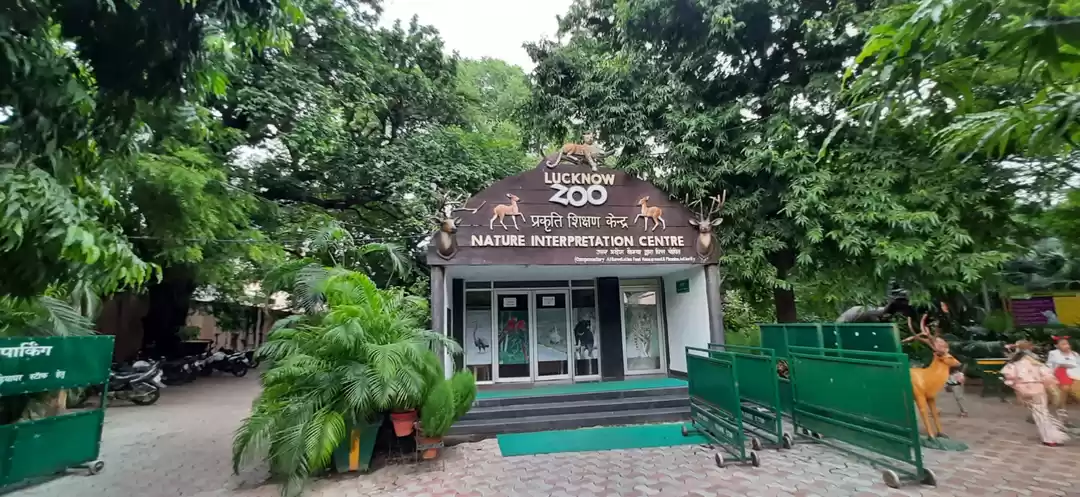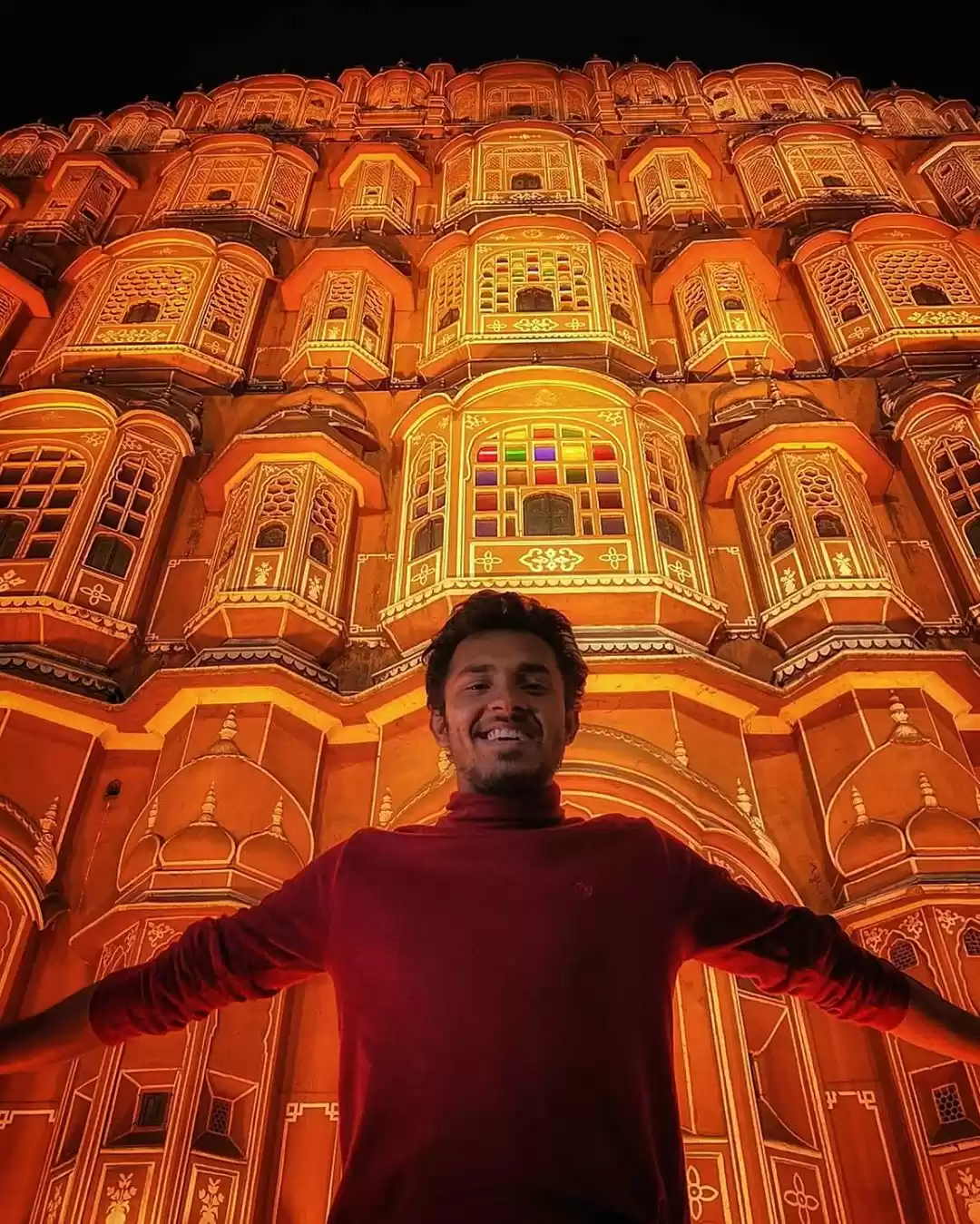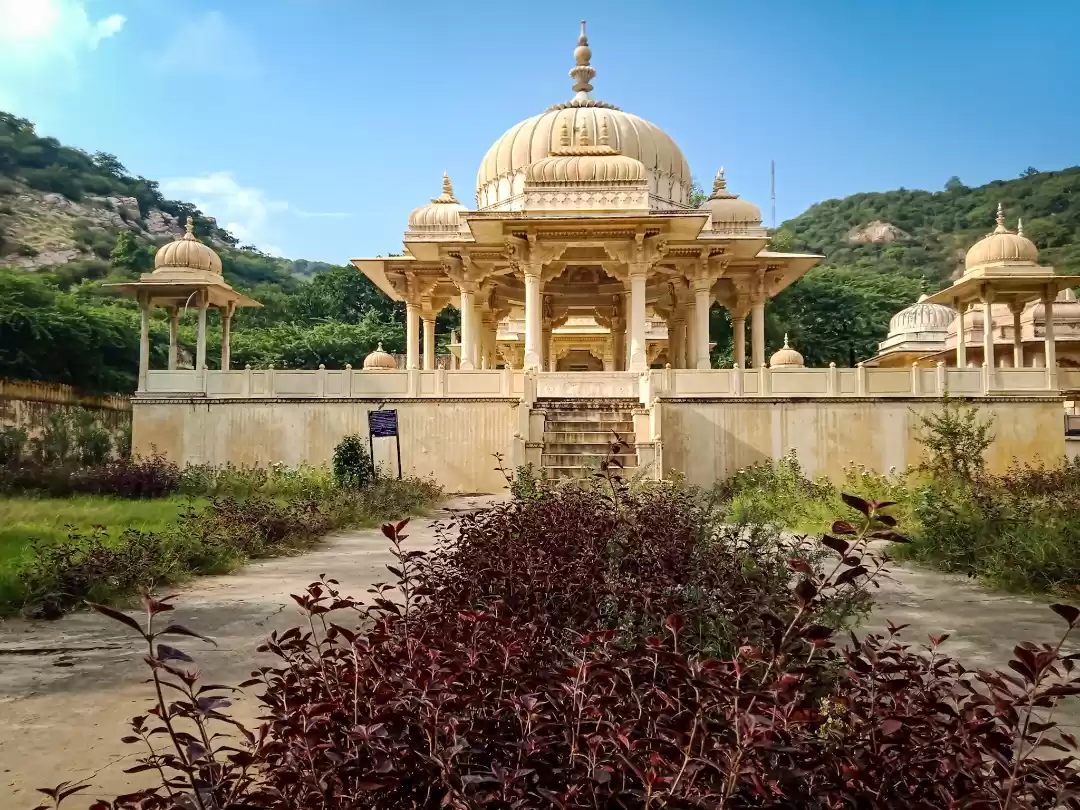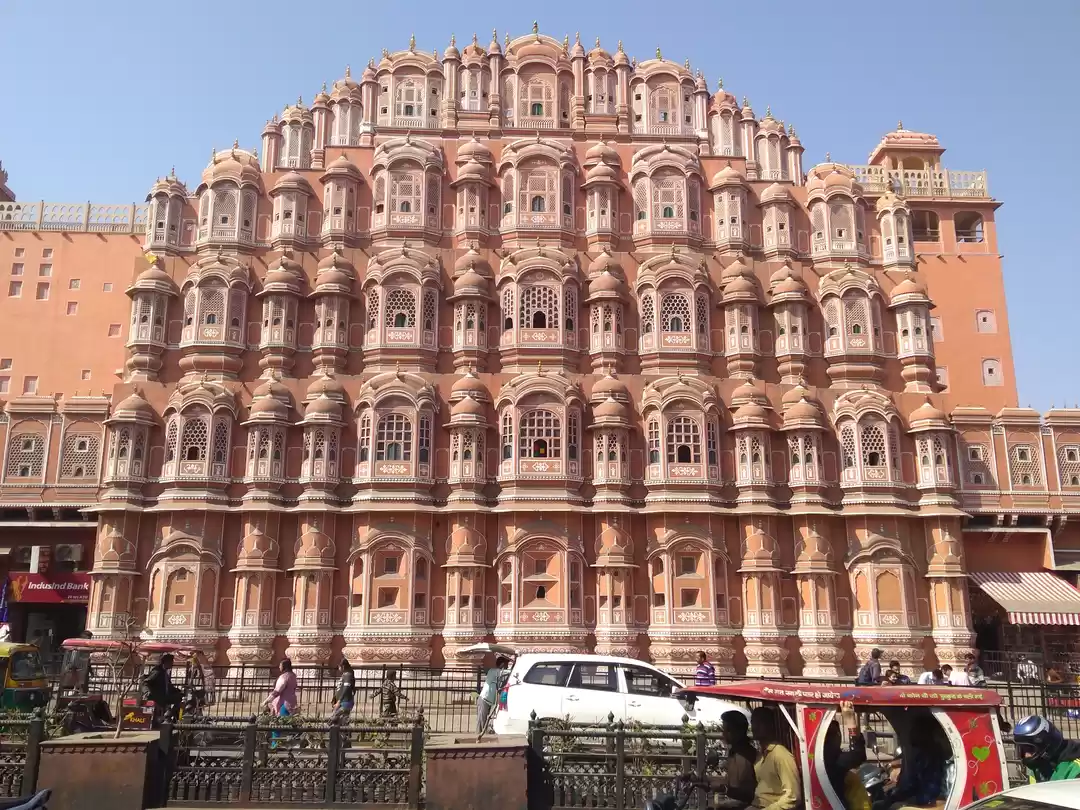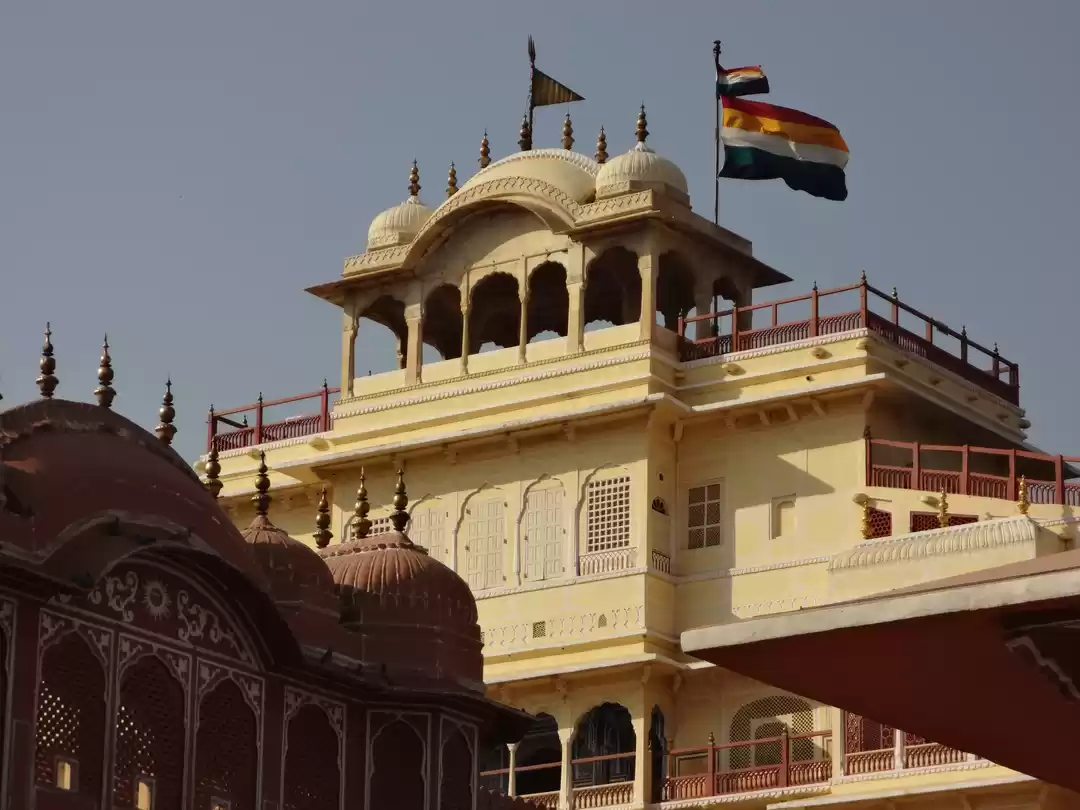Jaipur Zoo, also known as Zoological Garden Jaipur, is a must-visit destination for anyone who loves animals, nature and history. Located in the heart of the Pink City, this zoo is home to more than 70 varieties of animal, bird and reptile species, including some rare and endangered ones. It also boasts of being the fourth largest gharial breeding farm in the country, where you can see these fascinating crocodiles up close. Whether you are travelling solo, with family or with friends, Jaipur Zoo offers a fun-filled and educational experience that you will cherish for a long time.
In this article, we will tell you everything you need to know about visiting Jaipur Zoo, such as its history, timings, entry fee, attractions, activities and more. We will also give you some tips and suggestions on how to make the most of your visit and what else to explore near the zoo. So, read on and get ready to plan your trip to one of the best zoos in India.
How to Visit Jaipur Zoo
Jaipur Zoo is located in the Ram Niwas Garden, a beautiful green oasis in the middle of the city. It is easily accessible by public transport or private vehicles from any part of Jaipur. The nearest railway station is Jaipur Junction, which is about 4 km away. The nearest airport is Jaipur International Airport, which is about 12 km away.
The zoo is open from 8:30 am to 5:30 pm (summers) and from 9:00 am to 5:00 pm (winters), except on Tuesdays. The entry fee is Rs. 15 per person for Indians and Rs. 150 per person for foreign tourists. You can also buy a combined ticket for Rs. 40 per person for Indians and Rs. 300 per person for foreign tourists, which includes entry to the zoo, the Albert Hall Museum and the Central Museum.
The zoo has a website where you can find more information and contact details. You can also call them at 0141 2617 319 or email them at jaipurtourism@gmail.com.
Here are some tips and suggestions on how to make the most of your visit to Jaipur Zoo:
1. Plan your visit in advance and check the weather forecast before you go. Avoid visiting on hot or rainy days, as it may affect your comfort and visibility.
2. Wear comfortable clothes and shoes, carry a hat, sunglasses and sunscreen, and bring enough water and snacks. There are no food stalls or vending machines inside the zoo premises.
3. Follow the rules and regulations of the zoo, such as not feeding or teasing the animals, not littering or making noise, not smoking or drinking alcohol, etc.
4. Respect the animals and their habitats, and do not disturb them or try to touch them. Keep a safe distance from them and observe them quietly.
5. Take your time to explore the different sections of the zoo and learn more about the animals, birds and reptiles that live there. You can also take some photos or videos of them, but do not use flash or loud noises.
6. Enjoy the greenery and serenity of the Ram Niwas Garden, where you can relax and unwind after your zoo visit.
You may also like to check out: Jaipuri cheap thrills for some of the best experiences
What to See and Do at Jaipur Zoo
Jaipur Zoo is divided into two parts: one for mammals and other for birds and reptiles. You can see a variety of animals from different regions of India and the world, such as lions, leopards, tigers (including white tigers), panthers, hyenas, alligators, tortoises, jackals, foxes, bears, deer, monkeys, elephants, crocodiles, snakes, peacocks, parrots, owls, eagles, etc.
Some of the major attractions and activities that you can enjoy at Jaipur Zoo are:
Gharial Breeding Farm
One of the highlights of Jaipur Zoo is its gharial breeding farm, which was established in 1999 and is the fourth largest of its kind in India. Gharials are an endangered species of crocodile that have a long and narrow snout with sharp teeth. They are native to India and Nepal and live in freshwater rivers.

At Jaipur Zoo’s gharial breeding farm, you can see more than 100 gharials of different ages and sizes, from hatchlings to adults. You can also learn more about their biology, behaviour, diet, threats and conservation efforts. The best time to see them is in the morning or evening, when they are more active and come out of the water.
Mammals Section
The mammals section of Jaipur Zoo is where you can see some of the most majestic and powerful animals in the world, such as lions, leopards, tigers, panthers and hyenas. You can also see some of the most adorable and friendly animals, such as bears, deer, monkeys and elephants.

The mammals section is divided into several enclosures, each with a naturalistic setting that mimics the animals’ original habitats. You can see them roaming around, resting, playing or feeding in their enclosures. You can also observe their characteristics, such as their fur, claws, teeth, ears, tails, etc.
Reptiles and Birds Section
The reptiles and birds section of Jaipur Zoo is where you can see some of the most colorful and diverse creatures in the world, such as alligators, tortoises, crocodiles, snakes, peacocks, parrots, owls, eagles and more. You can also see some of the most rare and exotic species, such as white tigers and migratory birds.

The reptiles and birds section is also divided into several enclosures, each with a suitable environment that suits the animals’ needs. You can see them swimming, crawling, flying or perching in their enclosures. You can also hear their sounds, such as their hisses, roars, chirps or hoots.
What Else to Explore Near Jaipur Zoo
Jaipur Zoo is not only a great place to see and learn about animals, but also a great base to explore some of the other attractions in Jaipur or Rajasthan that are related to or complement the zoo visit. Here are some of the options that you can consider:

Heritage Sites
Jaipur is known as the Pink City because of its pink-colored buildings that reflect its rich heritage and culture. It is also home to some of the most magnificent forts and palaces in India, such as Amber Fort & Palace, City Palace, Hawa Mahal, Jantar Mantar and Jal Mahal. These heritage sites showcase the architectural grandeur and historical legacy of the Rajput rulers who ruled over Rajasthan for centuries.
You can visit these heritage sites to admire their beauty and elegance, learn about their history and significance, explore their museums and galleries, enjoy their light and sound shows or cultural performances, etc. You can also take a guided tour or an audio guide to get more insights and information about these sites.

Cultural Events
Rajasthan is a state of vibrant folk dance and music, colorful costumes and jewelry, spicy food and warm hospitality. It is also a state of fairs and festivals that celebrate its rich traditions and customs. Some of the most famous festivals that showcase the spirit and charm of Rajasthan are the Desert Festival, Bikaner Camel Festival, Nagaur Fair, Pushkar Fair, Elephant Festival, Mewar Festival, Mount Abu Winter Festival, Gangaur Festival and Teej.
You can attend these festivals to witness the lively and festive atmosphere of Rajasthan, participate in various activities and competitions, enjoy the folk performances and camel rides, sample the local delicacies and handicrafts, etc. You can also interact with the locals and learn more about their culture and lifestyle.

Wildlife Sanctuaries
Rajasthan is not only a land of deserts and forts, but also a land of wildlife and nature. It has several wildlife sanctuaries and national parks that offer a unique ecosystem and diverse wildlife. Some of the famous wildlife sanctuaries and national parks in Rajasthan are Ranthambore National Park, Sariska National Park, Keoladeo National Park and Mukundra Hills National Park. These wildlife sanctuaries and national parks are home to various animals, birds and reptiles, such as tigers, leopards, bears, deer, crocodiles, snakes, peacocks, parrots, owls, eagles and more.
You can visit these wildlife sanctuaries and national parks to marvel at the natural beauty and wildlife of Rajasthan, go for a safari or a nature walk, spot various animals and birds in their habitats, learn about their conservation efforts and challenges, etc. You can also stay at some of the resorts or campsites that offer comfortable accommodation and facilities near these wildlife sanctuaries and national parks.
You may also like to read: Jaipur- A conference though I made it to a trip to the Pink City
Jaipur Zoo is one of the best places to visit in Rajasthan for animal lovers and nature lovers alike. It offers a fun-filled and educational experience that will leave you amazed and inspired. Whether you want to see the gharials at the breeding farm, the lions at the mammals













